Engaged Learning Magazine
5e année, numéro 2. Hiver 2025-2026
32 pages couleurs, plus couverts
Cliquez sur une image pour l'agrandir!
In today’s fast-paced schools, where unexpected challenges keep arising and expectations continue to grow, effective planning and organization are essential for maintaining balance—for both students and school staff.
For many, technology has become a valuable ally. Task management apps, communication platforms, lesson planning tools, and resources that support students’ self-regulated learning offer a wealth of possibilities—perhaps even too many at times. Between the promise of saving time and the risk of digital overload, making the right choices can be challenging. Research shows that when used thoughtfully, technology can strengthen teaching practices and support student success while reducing the cognitive load of day-to-day tasks (Timotheou et al., 2023).
Used appropriately, technology should lighten teachers’ workload rather than add to it. Reducing cognitive load should create room for greater creativity, clarity, and engagement—all essential conditions for successful learning outcomes (Alruwaili and Alasmari, 2025).
This issue highlights thoughtful approaches, practical strategies, and inspiring stories from educators who have integrated technology with purpose and intent. Whether in assessment and feedback, collaborative planning, or personal organization, the practices presented share a common goal: enhancing everyday efficiency while fostering well-being and engagement throughout the school community.
Being organized is not only about productivity; it also helps students develop autonomy, engagement, and self-confidence. In this way, when thoughtfully applied, technology can become a powerful lever for student success.
We hope this issue inspires a reflective and intentional look at the tools in use, encourages the exploration of new practices, and, above all, keeps the focus on what truly matters: teaching and learning with intention.
Enjoy reading…and happy planning!
Martine Rioux
Editor-in-chief

Anyone interested in technology has likely felt the pressure to try every new digital tool that appears. In this article written by Le Centre franco’s Team, you’ll get a brief look at how the growing number of platforms can shape everyday choices. Without giving everything away, the authors hint at practical ways to navigate this digital abundance with clarity and purpose.
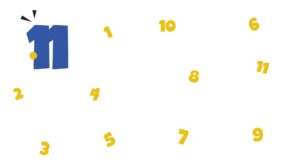
Teachers are nothing less than incredible, creative, brilliant people. Their ingenious, usually cheap ways to solve problems reflect the many “teacher hacks” shaped by unique, not “by the book” ideas found in classrooms. See how this article by Matt Miller from Ditch that Textbook brings together hints of techy approaches and inventive solutions that educators continue to create and refine.
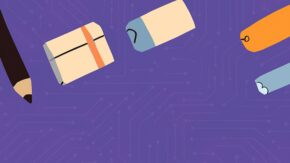
A visual arts classroom can often feel like organized chaos: ordering and managing supplies, keeping the space clean, tracking projects, and ensuring student work is properly stored. Discover how Amandine Croisier, Visual Arts Teacher at Centre de services scolaires Marie-Victorin (Québec), explores digital tools that streamline planning, demonstrations, and the digital portfolio. Take a look at how simple, accessible solutions can make creative work clearer, smoother, and more engaging.

Being a student in the digital age is a real challenge! Explore how Fanny Langin, Educational technology and innovation advisor at Externat Mont-Jésus-Marie, reflects on navigating evolving features, countless digital resources, and the risk of digital overload. See how guiding students one concept at a time and redefining devices as work tools can open the door to clearer routines and more confident digital use.

As students juggle multiple deadlines and shifting expectations across their courses, planning has become an essential skill. Explore how Renaud Boisjoly, Founder of studyo.co, reflects on why many learners still feel overwhelmed and how intentional guidance can transform planning into a powerful, cross-curricular skill. See how digital tools, structured routines, and thoughtful support help students move from reacting to truly managing their learning.

The rapid emergence of new technologies, including generative artificial intelligence (AI), marks the beginning of a fourth industrial revolution, with significant implications for daily life and the jobs of the future. In this article, Tristan Manzo, Teacher at Collège Sainte-Anne, explores how education can respond to these shifts.

Organize Your Studying with Technology

In today’s world, being able to organize one’s work is more than a matter of motivation or self-discipline. In this article, Marie-Andrée Caron and Geneviève Dupuis, Education Consultants at RÉCIT de l’enseignement privé, explore how intentional use of technology can foster planning, organization, and learner autonomy. See how digital tools and guided reflection can help students grow into confident, self-directed learners.

In education, teachers are often scattered across a variety of tools and possibilities. In this article, Françoise Baril, Educational Consultant at the Centre de services scolaire du Fleuve-et-des-Lacs and Apple Professional Learning Specialist, highlights how the Apple ecosystem can simplify and enrich classroom organization. Explore how integrated iPad tools like Classroom, SchoolWork, and others can help create a more streamlined, engaging, and efficient learning environment for teachers and students alike.

Over the past several decades, the teaching profession has become increasingly complex. In this article, Mathieu Thibault, Professor of Mathematics Education at the Université du Québec en Outaouais, and Robert Vivier, Education Technology Specialist at the Service national du RÉCIT, domaine de la Mathématique, de la Science et Technologie, explore how generative artificial intelligence can transform lesson planning. Discover how thoughtful use of GenAI can support teachers, inspire creativity, and strengthen professional practice.
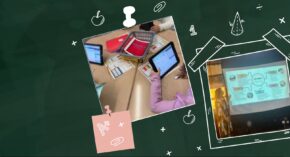
Managing a multi-grade class is a daily challenge for many educators. In this article, Fatima Khlifi, Teacher at École élémentaire Pierre-Elliott-Trudeau, shares how she drew inspiration from Juline Anquetin Rault’s autonomous classroom model to transform this challenge into an opportunity for growth.
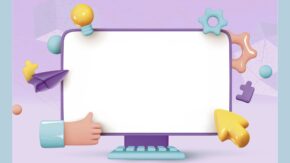
Teaching means juggling lesson plans, projects, and classroom management — all at once. In this article, the Pedagogical Services Team at LEARN, RÉCIT Provincial Service for the Anglophone Community (youth sector), showcases insights from seven provincial consultants who share their favourite digital tools for planning, creativity, and classroom flow. Explore how practical, time-saving apps and platforms can simplify teaching, spark collaboration, and personalize learning for every classroom.

Starting a teaching career can be both exciting and overwhelming. In this article, Nicole Arsenault of EngagED Learning and Maria Kurtidis, Education Consultant at Riverside School Board, present an innovative induction and mentoring initiative that helps new teachers feel supported and connected from day one. Discover how Riverside’s layered “Swiss cheese model” of mentorship, collaboration, and thoughtful technology integration nurtures belonging, confidence, and professional growth.

Each issue of the magazine features a selection of resources to discover.

Concepts such as assessment for learning, assessment without grades, triangulation of evidence, and technology in education are becoming increasingly common in schools. In this article, Caroline Brault, Education Consultant in the Elementary Sector at the Centre de services scolaire des Sommets (Québec), shares practical strategies for aligning these approaches in meaningful ways. Explore how thoughtful integration of technology and intentional classroom organization can support autonomy, enrich feedback, and strengthen assessment without grades.

This article contains all the references of EngagED Learning Magazine, Volume 5 issue 2, Winter 2025.
Publicité
ecolebranchee.com/devenez-annonceur
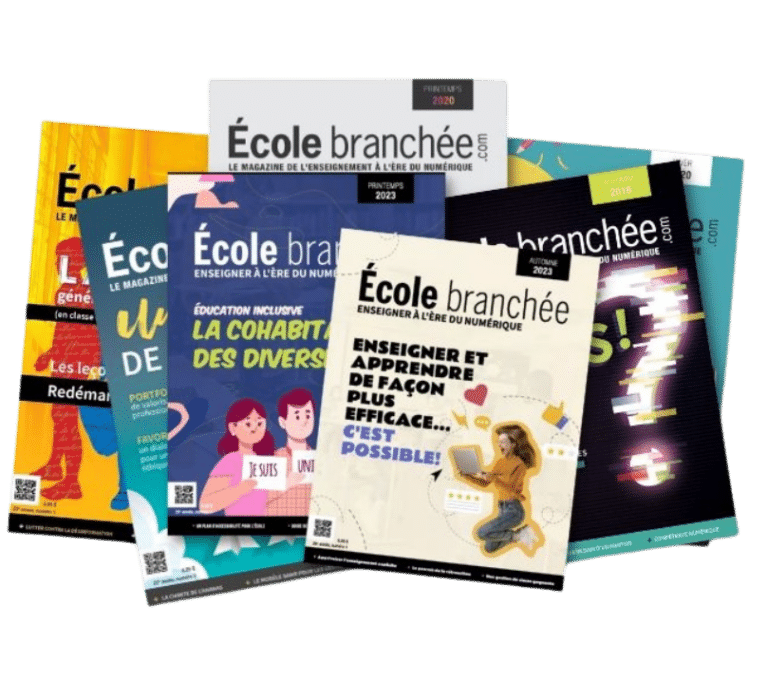
La revue École branchée s’adresse au personnel enseignant, conseiller(ère)s pédagogiques et directions d’établissements. Elle paraît en format imprimé et numérique. On peut s’y abonner personnellement ou choisir une avantageuse licence institutionnelle.
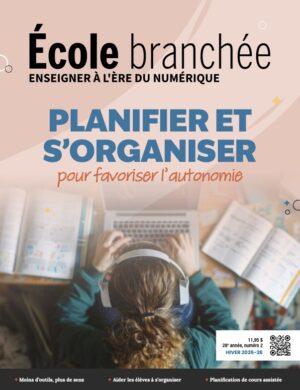
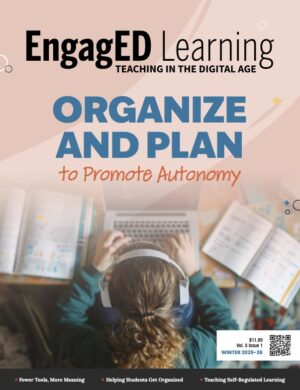


Pour vous offrir une expérience optimale, nous utilisons certaines technologies — dont les témoins (cookies) — afin de stocker et/ou d’accéder à des informations liées à votre utilisation du site. Votre consentement nous aide à mieux comprendre votre parcours de navigation et à améliorer nos contenus et services. Le refus ou le retrait de votre consentement pourrait toutefois limiter le fonctionnement de certaines fonctionnalités.